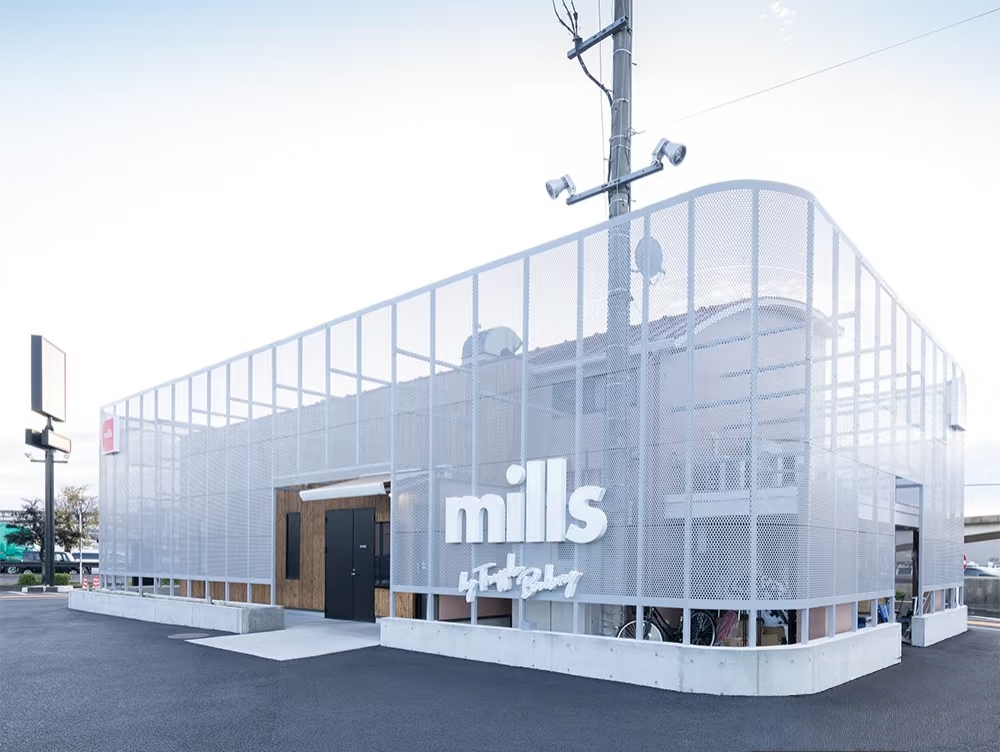

Perforated Panels Revolutionize Store Decor: Customization and Smart Tech Reshape Commercial Spaces
Industry Trends Spotlight:
1. Aesthetic Economy Fuels Customization
Brands are increasingly prioritizing "first-visit appeal" for their stores. Perforated panels, with their design flexibility, have become a canvas for creative expressions like logo reliefs, cultural motifs, and gradient textures. For example, a global coffee chain’s flagship store in Asia utilized laser-cut perforation technology to blend its brand logo with a city skyline pattern, creating a "selfie wall" that shifts dynamically with daylight and artificial lighting. This innovation boosted foot traffic by 40%.

2. Smart Interaction Energizes Spaces
The combination of lighting + perforation is revolutionizing in-store experiences. Companies like PerforLight Tech have launched embedded LED smart perforated panel systems, controllable via mobile apps to adjust light patterns for holidays, promotions, or time-specific themes. A fast-fashion brand employed this technology to create a "starry sky dome" dynamic facade, driving a 22% month-on-month sales increase.

3. Eco-Friendly Rapid Installation Gains Traction
To shorten renovation cycles, modular perforated wall panels are surging in popularity. Chinese manufacturer SpeedDeco Tech developed clip-in eco-friendly aluminum panels made from recycled aluminum substrates and non-toxic UV coatings. These panels enable 24-hour installation/removal with zero adhesives, ideal for industries like F&B and beauty that require frequent rebranding, while reducing carbon emissions by 65% compared to traditional methods.
_bheVqz.png)








_eopC1i.png)
_p2LcTy.png)